Tag: barge
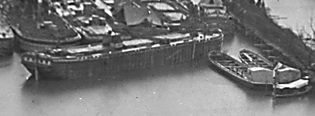 Wikipedia says: A barge is a flat-bottomed boat, built mainly for river and canal transport of bulk goods. Originally barges were towed by draft horses on an adjacent towpath.
Wikipedia says: A barge is a flat-bottomed boat, built mainly for river and canal transport of bulk goods. Originally barges were towed by draft horses on an adjacent towpath.
In Great Britain, during the Industrial Revolution, a substantial network of narrow barges was developed from 1750 onwards; but from 1825 competition from the railways eventually took over from canal traffic due to the higher speed, falling costs and route flexibility of rail transport. Barges carrying bulk and heavy cargoes continue to be viable. Originally, British canals had locks only seven feet (2.1 m) wide, so narrowboats could be no more than 6’10” wide if they were to be able to navigate the system. It was soon realised that narrow locks were too limiting, and later locks were doubled in width to fourteen feet (4.3 m). Accordingly, on the British canal system the term ‘barge’ is used to describe a “Thames [sailing barge], Dutch [barge], or other styles of barge” (the people who move barges are often known as lightermen), and does not include Narrowboats and Widebeams (see also canal craft).
In the United States, deckhands perform the labor and are supervised by a leadman or the mate. The captain and pilot steer the towboat, which pushes one or more barges held together with rigging, collectively called ‘the tow’. The crew live aboard the towboat as it travels along the inland river system or the intracoastal waterways. These towboats travel between ports and are also called line-haul boats.
Poles were not used on barges to fend off the barge as it nears other vessels or a wharf. These are often called ‘pike poles’.
Barges in the United States
In times before industrial development, railways, and highways: barges were the predominant and most efficient means of inland transportation in many regions. This holds true today, for many areas of the world.
In such pre-industrialized, or poorly developed infrastructure regions, many barges are purpose-designed to be powered on waterways by long slender poles – thereby becoming known on American waterways as poleboats as the extensive west of North America was settled using the vast tributary river systems of the Mississippi drainage basin. Poleboats use muscle power of “walkers” along the sides of the craft pushing a pole against the streambed, canal or lake bottom to move the vessel where desired. In settling the American west it was generally faster to navigate downriver from Brownsville, Pennsylvania, to the Ohio River confluence with the Mississippi and then pole upriver against the current to St. Louis than to travel overland on the rare primitive dirt roads for many decades after the American Revolution.
Once the New York Central and Pennsylvania Railroads reached Chicago, that time dynamic changed, and American poleboats became less common, relegated to smaller rivers and more remote streams. On the Mississippi riverine system today, including that of other sheltered waterways, industrial barge trafficking in bulk raw materials such as coal, coke, timber, iron ore and other minerals is extremely common; in the developed world using huge cargo barges that connect in groups and trains-of-barges in ways that allow cargo volumes and weights considerably greater than those used by pioneers of modern barge systems and methods in the Victorian era.
Such barges need to be towed by tugboats or pushed by towboats. Canal barges, towed by draft animals on a waterway adjacent towpath were of fundamental importance in the early Industrial Revolution, whose major early engineering projects were efforts to build viaducts, aqueducts and especially canals to fuel and feed raw materials to nascent factories in the early industrial takeoff (18th century) and take their goods to ports and cities for distribution.
The barge and canal system contended favourably with the railways in the early Industrial Revolution before around the 1850s–1860s; for example, the Erie Canal in New York state is credited by economic historians with giving the growth boost needed for New York City to eclipse Philadelphia as America’s largest port and city – but such canal systems with their locks, need for maintenance and dredging, pumps and sanitary issues were eventually outcompeted in the carriage of high-value items by the railways due to the higher speed, falling costs and route flexibility of rail transport.
Showing 1–16 of 111 resultsSorted by latest
-
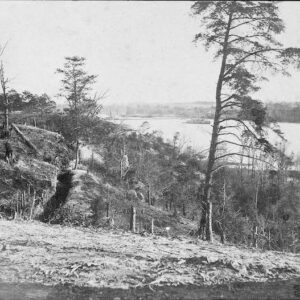
Image ID: AZIM
$1.99 -
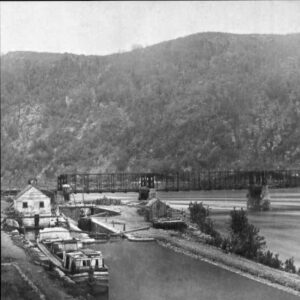
Image ID: AYPI
$0.99 -
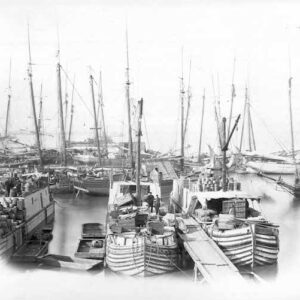
Image ID: AXXW
$0.99 -
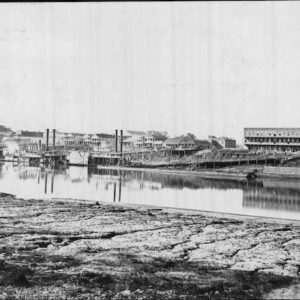
Image ID: AZDW
$0.99 -
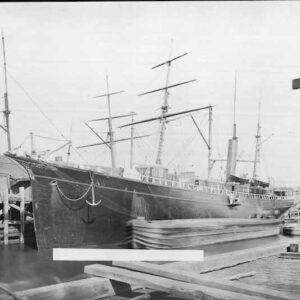
Image ID: AYZW
$0.99 -
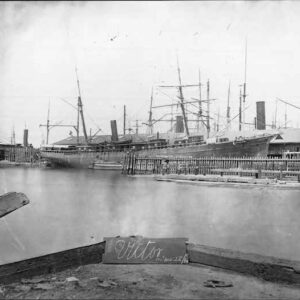
Image ID: AZAG
$0.99 -
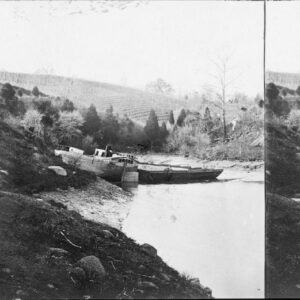
Image ID: ANJR
$4.99 -
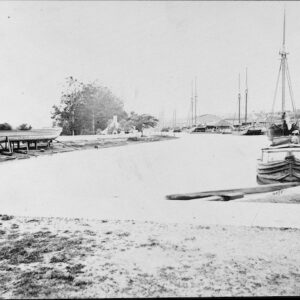
Image ID: APDY
$6.99 -
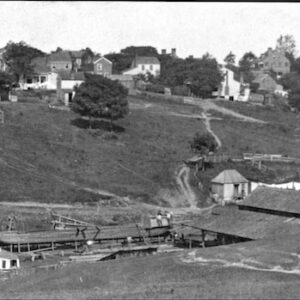
Image ID: APLL
$3.99 -
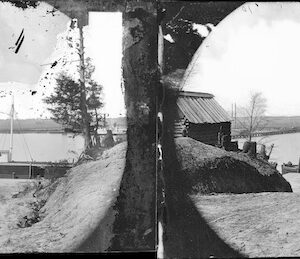
Image ID: ARFG
$5.99 -
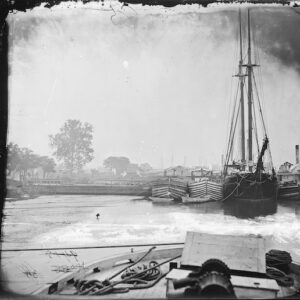
Image ID: AIFU
$4.99 – $6.99 This product has multiple variants. The options may be chosen on the product page -
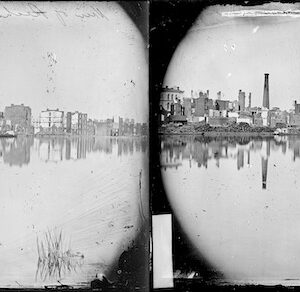
Image ID: AGWQ
$3.99 – $4.99 This product has multiple variants. The options may be chosen on the product page -
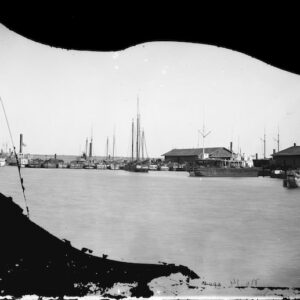
Image ID: AMCA
$1.99 – $6.99 This product has multiple variants. The options may be chosen on the product page -
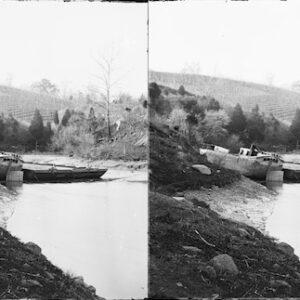
Image ID: AKAD
$6.99 -
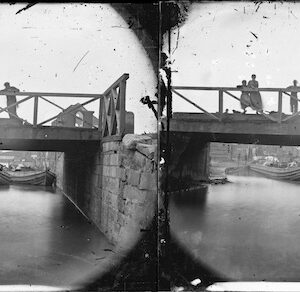
Image ID: AJUK
$6.99 -
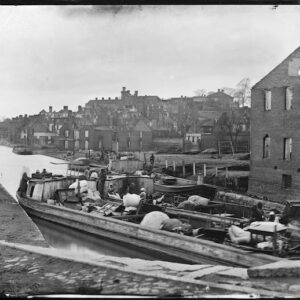
Image ID: AQZJ
$6.99